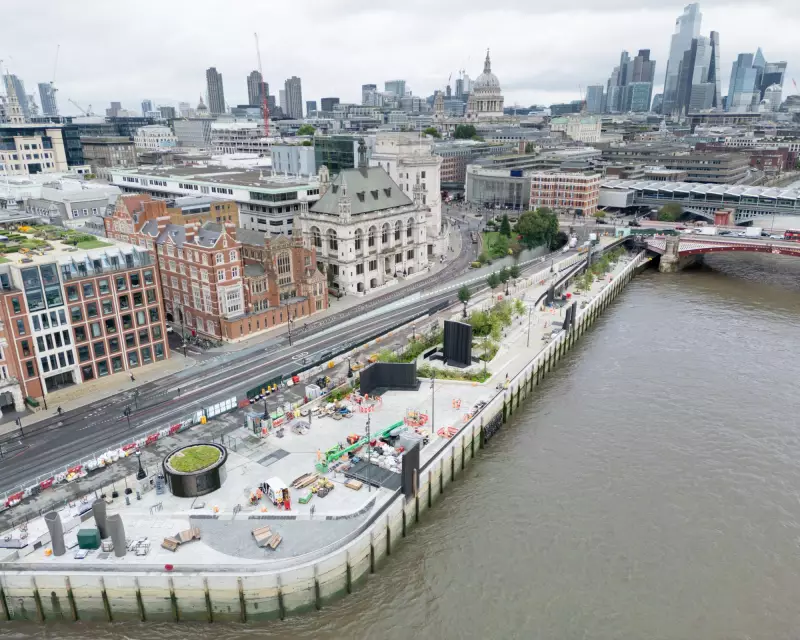
London's groundbreaking Tideway project, often dubbed the 'super sewer,' is set to revolutionise the city's relationship with the River Thames. Far from just an engineering feat, the £4.2bn initiative is transforming neglected stretches of the riverbank into vibrant public spaces, merging cutting-edge infrastructure with world-class design.
A New Chapter for London's Waterfront
The 25km tunnel running beneath the Thames will not only modernise London's Victorian-era sewage system but also create 10 stunning new public areas along its route. From Chelsea to Abbey Mills, these spaces will offer Londoners unprecedented access to the river while showcasing innovative architectural solutions.
Where Engineering Meets Art
Leading architects have reimagined ventilation shafts and other necessary infrastructure as striking public landmarks. One notable example is the Chelsea Embankment site, where a dramatic spiral staircase descends 40 metres to the tunnel below, wrapped in an artistic stainless steel enclosure that reflects the river's movement.
Green Spaces Rising from the Depths
The project includes:
- New riverside parks with native planting schemes
- Pedestrian bridges connecting previously isolated areas
- Educational installations about London's water system
- Performance spaces built into the infrastructure
A Legacy for Future Generations
Scheduled for completion in 2025, the Tideway project represents one of Europe's most ambitious urban regeneration programmes. By combining essential sewage infrastructure with thoughtful public realm design, it sets a new global standard for how cities can approach major engineering projects.
The scheme not only addresses London's pressing sewage overflow issues but creates a lasting cultural and environmental legacy along one of the world's most famous rivers.





